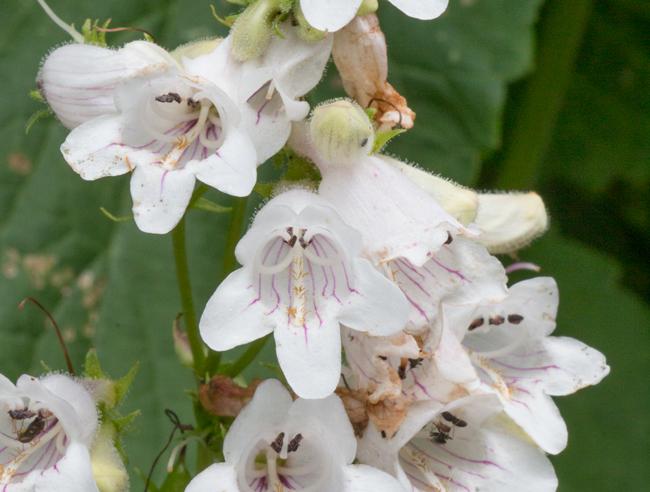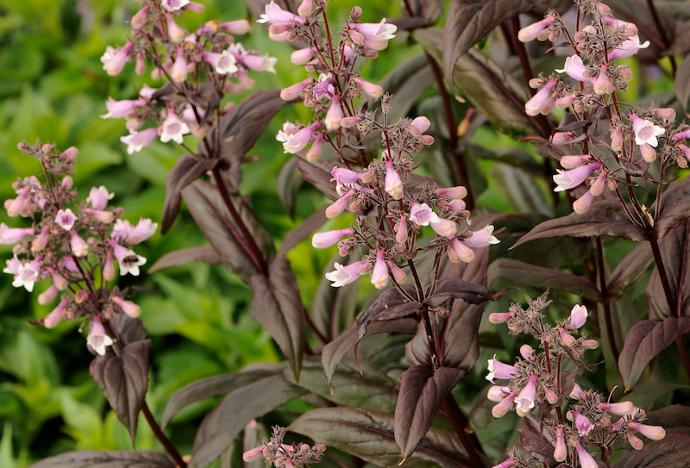Beardtongue Plant
Beardtongue (Penstemon) is a perennial that grows 1-3 ft tall, hardy in USDA Zones 3-8, prefers well-drained, sandy soil, full sun to part shade, low moisture, and has no edible or medicinal uses.

Habit
Upright
Height
1-3 ft
Growth
Perennial
Soil
Well-drained, sandy
Shade
Full Sun
Moisture
Moderate
Edible
No
Medicinal
No
Yield Per Plant
Ornamental use
NPK ratio
Moderate
life Span
No
Health Benefits
Yes
Suggested Grow Media or Potting Mix ?
50% loamy soil, 30% compost, 20% sand
Suggested Fertigation/Fertilizers
Fertilize every 4 weeks with a balanced fertilizer.
Common Diseases and Remedies
.
Powdery Mildew, Grey Mould, Leaf Spot, Rust
White powdery growth on leaves Gray, fuzzy mold on leaves and flowers Brown or black spots on leaves Yellowing leaves, sticky residue on leaves Orange or brown pustules on leaves
Neem oil, baking soda spray Improve air circulation, remove affected parts Remove infected leaves, use compost tea spray Insecticidal soap, ladybugs Apply sulfur, remove infected debris
HEALTH BENEFITS
Beard Tongue (Penstemon species) is primarily known as an ornamental plant rather than a medicinal one. However, some traditional and indigenous medicine practices have used certain Penstemon species for potential health benefits.
Possible Health Benefits of Beard Tongue (Penstemon)
1. Anti-Inflammatory Properties
- Some species of Penstemon have been traditionally used to reduce inflammation.
- May help with swelling, sore throats, and minor wounds.
2. Wound Healing & Antimicrobial Effects
- In some cultures, Penstemon leaves were applied as a poultice for cuts, burns, and wounds.
- Potential antimicrobial properties may help prevent infections.
3. Respiratory Support
- Certain species were used in herbal remedies for coughs, colds, and bronchial congestion.
- May have expectorant properties, helping clear mucus from the lungs.
4. Pain Relief (Analgesic Properties)
- Traditionally, Penstemon has been used for muscle aches, joint pain, and minor injuries.
- Could be applied as a herbal wash or poultice.
5. Potential Digestive Aid
- Some species have been used to help with stomach discomfort and digestive issues.
- May have mild anti-spasmodic effects on the intestines.
6. Skin Health
- Used in traditional medicine for treating rashes, insect bites, and irritations.
- May soothe itching and inflammation when applied topically.
Important Note:
- The medicinal use of Penstemon is not well-researched, and it is primarily grown for decorative purposes.
- Always consult a healthcare provider before using it for medicinal purposes.

